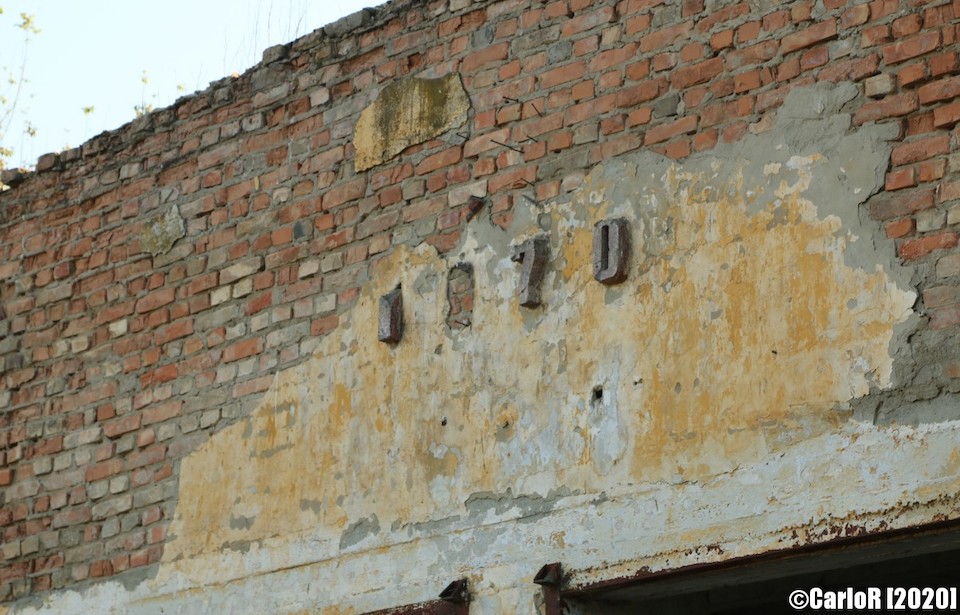Just 100 kilometers south of Budapest, in the Hungarian countryside, sits Kalocsa Airfield. Once a Hungarian Air Force hub, it was taken over by Soviet forces during the Cold War. It was returned to Hungary upon the collapse of the USSR, and has since provided parachutists and hang-gliders with a unique gathering place.
Development of Kalocsa Airfield
According to reports, Kalocsa Airfield and its anti-aircraft defenses were built around 1950 by the Hungarian military. Between 1951 and 1956, it served as an airport for the Hungarian Air Force. As such, only military planes and aircraft could use it and its airspace.
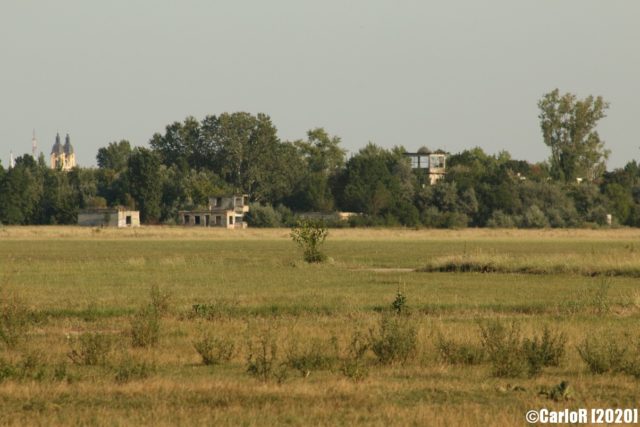
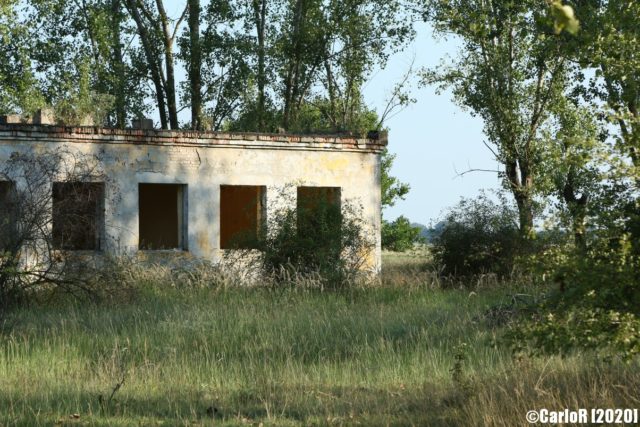
Construction mirrored that of other military airfields from the time. In the northwestern corner, a former SAM base was built to defend the airfield from air raids. It featured small, circular embankments with a concrete platform at the center, where missiles sat. Concrete ducts with cables and pipes connected a nearby control trailer to each missile.
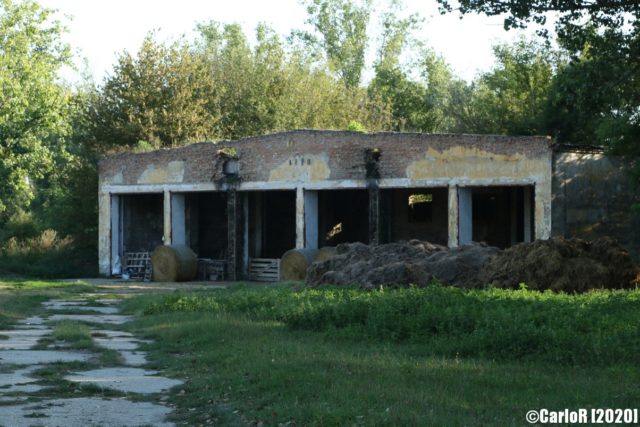
The embankments were connected to a command building via a narrow paved road. To the western side of the building sat a monument, traces of which can still be found today.
Soviet takeover
The USSR took over Kalocsa Airfield after Hungary attempted to escape communism in 1956. Soviet forces used it as a helicopter base and stored MiG-17 fighter-bombers there until 1960. To ensure the airfield met its new owners’ needs, barracks, a hangar, and flats were constructed, as were over 60 helicopter pads.
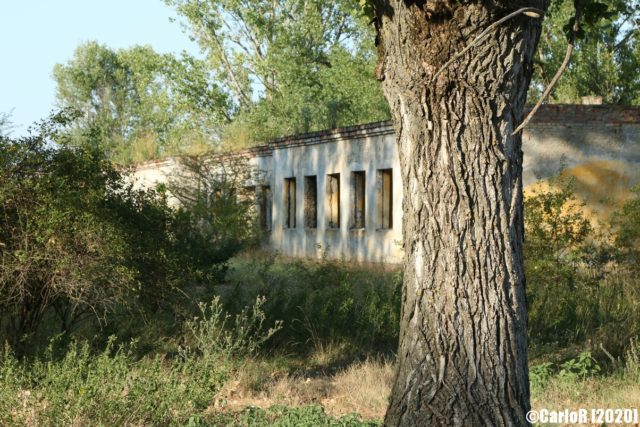
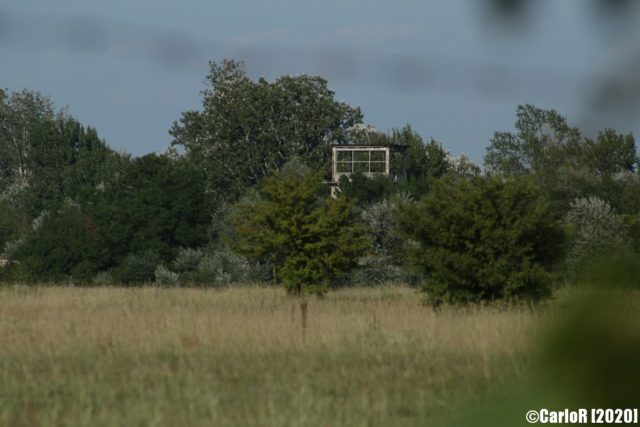
With Kalocsa under Soviet control, its airspace was restricted. However, under the supervision of the Hungarian National Defence Association (MHSZ), parachutist and pilot training were provided to members of the Hungarian Army. This came to an end in 1971.
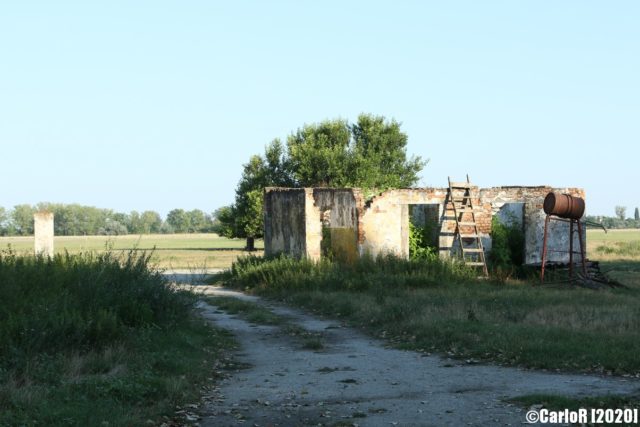
The collapse of the Soviet Union saw troops leave the airfield in 1990. When Hungarian forces regained control, they found the Soviets had caused severe environmental pollution. While attempts were made to prevent the further spread of soil pollution, it was stopped due to financial restraints.
A hub for parachutists
With Kolacsa Airfield back in Hungarian hands, plans were made to convert it for civilian use. This was difficult at first, as it was closed and protected by armed security personnel. However, hang-gliders were soon able to rent out hangars for private use, and parachutists were later allowed to make use of the airfield.
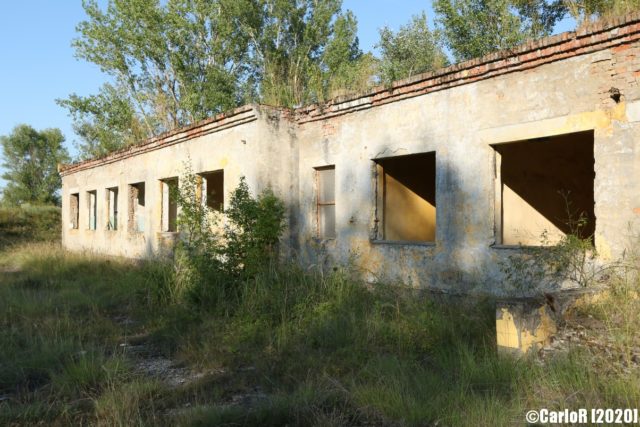
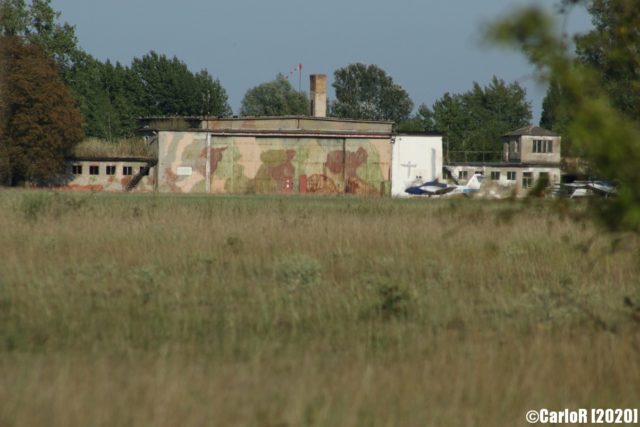
Worry arose in May 1995 when it came to light Kolacsa would be turned into a surface oil storage site. This would not only pose a threat to nearby residents, but to local tourism and the economy as well. This plan was later scrapped, as it became evident parachuting activities at the airfield had grown in popularity.
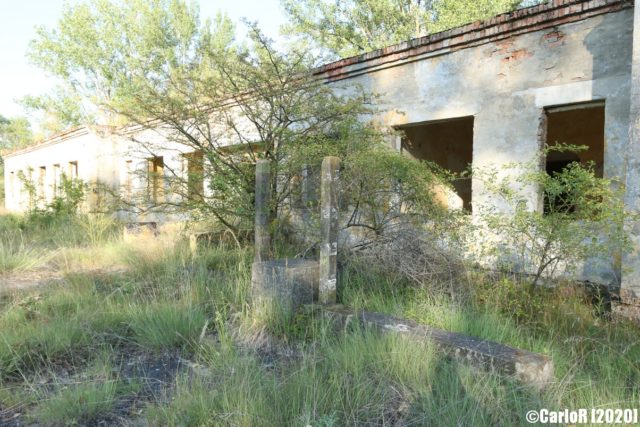
In October 1995, the secretary-general of the MHSZ visited the airfield and outline a plan, wherein the National Flyers Fund, a private conservation group, would run Kolacsa. They, along with other organizations, eventually pushed the government to give them a temporary permit to put the airport into operation for smaller aircraft.
Buzzing with activity
Today, Kalocsa Airfield remains a bustling hub for parachutists and hang-gliders. It is also home to smaller aviation flights, and regularly hosts activities related to its on-site flight school. As such, many of its buildings continue to be maintained, with some having been repurposed.
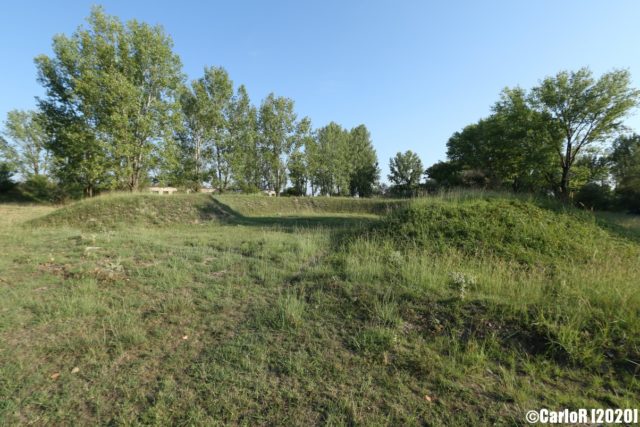
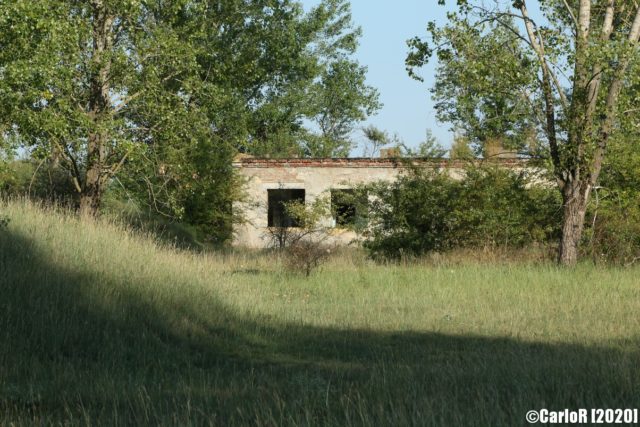
More from us: The Abandoned Soviet Airbase And Ghost Town Of Veszprém, Hungary
Given that the airfield is still in us, it is largely inaccessible to tourists. However, those looking to explore its grounds can do so by entering through the northwestern corner, via an unpaved public road.
